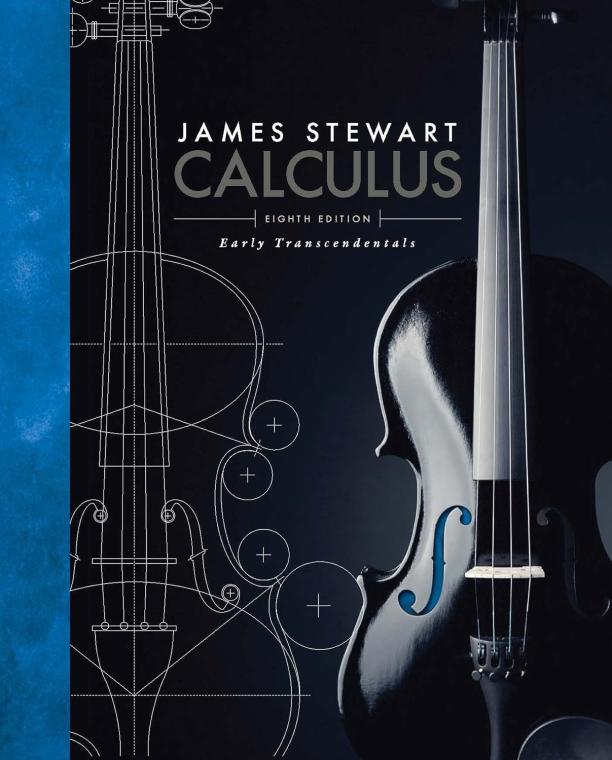Summaries of books about Science & Math:

The Bird Way
A New Look at How Birds Talk, Work, Play, Parent, and Think
Jennifer Ackerman
The book explores the latest scientific research on bird behavior, revealing surprising insights into their communication, social structures, and intelligence. It challenges traditional views by presenting evidence of birds' abilities to sing in regional dialects, use tools, play, collaborate, and exhibit unique parenting styles.
See full summary

Calculus
Early Transcendentals
James Stewart
The book integrates single-variable and multivariable calculus, emphasizing conceptual understanding with applications, and covers topics such as limits, derivatives, integrals, and series. It also explores transcendental functions early on, providing a comprehensive foundation for students in mathematics, engineering, and the sciences.
See full summary

The Source Field Investigations
The Hidden Science and Lost Civilizations Behind the 2012 Prophecies
David Wilcock
The book explores a variety of esoteric subjects, including ancient civilizations, energy fields, and quantum physics, proposing that a universal source field connects all of life and has the potential to unlock great advancements and enlightenment. It also delves into prophecies related to the year 2012, suggesting that humanity was on the cusp of a transformative event linked to this hidden science.
See full summary

A Brief History of Earth
Four Billion Years in Eight Chapters
Andrew H. Knoll
The book presents a concise narrative of Earth's geological and biological evolution, exploring the planet's formation, the rise of life, and the complex interactions between geology and biology over four billion years. It is structured into eight chapters, each focusing on a significant epoch in Earth's history, detailing the major events and processes that have shaped the planet and its living organisms.
See full summary

What We See in the Stars
An Illustrated Tour of the Night Sky
Kelsey Oseid
The book offers a visual guide to the constellations, celestial bodies, and astronomical phenomena that populate the night sky, accompanied by rich illustrations and stories about the history, mythology, and science behind these celestial wonders. It serves as an educational resource for stargazers and astronomy enthusiasts of all levels, providing insights into the universe and our place within it.
See full summary

The Dragons of Eden
Speculations on the Evolution of Human Intelligence
Carl Sagan
The book explores the development of the human brain and the evolution of intelligence, drawing parallels between the rise of humans and the possible evolution of intelligence in other creatures, including the extinct dinosaurs. It delves into various aspects of cognition, including the function of the brain's two hemispheres, the process of learning, and the role of genetics and environment in shaping intelligence.
See full summary

How to Create a Mind
The Secret of Human Thought Revealed
Ray Kurzweil
The book explores the theory of how the human brain functions like a pattern recognition machine, and it proposes a model for creating artificial intelligence that mimics the neocortex's hierarchical structure. It delves into the implications of such advancements for understanding human intelligence and the future of AI development.
See full summary

The Meaning of Human Existence
Edward O. Wilson
The book explores humanity's place in the universe, discussing our intellectual and emotional capabilities, our social structures, and our impact on Earth's biodiversity. It examines the tension between individual and group selection in evolution, and advocates for a deeper understanding of our species to address global challenges.
See full summary

Our Final Invention
Artificial Intelligence and the End of the Human Era
James Barrat
The book explores the potential risks and existential threats posed by the development of advanced artificial intelligence. It delves into the possibility that AI could surpass human intelligence, leading to scenarios where humans might not control future superintelligent machines.
See full summary

Hallucinations
Oliver Sacks
The book explores the diverse types of hallucinations experienced by individuals, delving into the neurological mechanisms and cultural contexts that give rise to these vivid, often misunderstood phenomena. It presents a range of case studies and personal narratives to illustrate the human brain's capacity for creating false perceptions in the absence of external stimuli.
See full summary